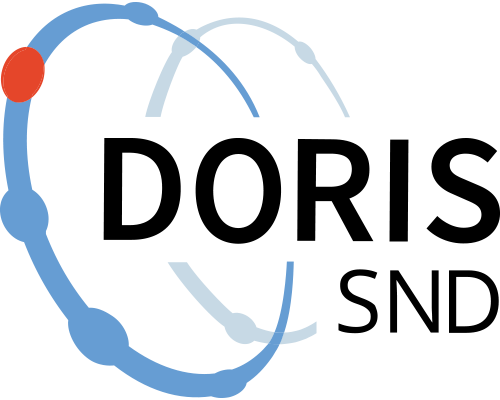Cell to cell signaling via exosomes (transport of genetic material between cells via exosomes
https://doi.org/10.5878/6b1e-fs87
In the human body, communication between cells takes place in several different ways. Exosomes are a type of extracellular vesicles (30-200 nm in diameter) that also participate in this process. Exosomes can be released from most cell types in the body and exist naturally in different body fluids, such as blood.
In 2007, we showed for the first time that exosomes also transport RNA molecules (both coding and non-coding RNA molecules) between cells (Valadi H. et al. Nature Cell Biology. 2007). The findings describe a new type of 'cell-cell' communication by which different cells send genetic messages to each other by secreting vesicles (exosomes) containing specific RNA molecules.
Our current studies aim to (a) identify cellular actors involved in translocation (packaging) of RNA into exosomes during their biosynthesis, (b) identify the mechanism by which exosomes are taken up by recipient cells/ tissues, and (c) ) discover a method to introduce exogenous/ therapeutic RNA into exosomes, to be used for in vivo transport of therapeutic RNA to different organs.
RNA-binding proteins (RBPs) present in exosomes derived from HTB177 cells (NCI-H460 [H460] (ATCC: HTB-177) were identified as described below.
For more detailed description please see Statello L, Maugeri M, Garre E, Nawaz M, Wahlgren J, Papadimitriou A, et al. (2018) (doi: 10.1371/journal.pone.0195969. eCollection 2018). List of the identified proteins can be found in the section 'Data collection' as well as on the journal's website (https://journals.plos.org/plosone/article?id=10.1371/journal.pone.0195969#sec025Opens in a new tab).
Identification of RNA binding proteins in exosomes and their parent cells:
To detect and isolate the RBPs in cells and exosomes, the biotinylated esRNAs, cellular miRNAs, and cellular mRNAs were attached to streptavidin-coated paramagnetic Dynabeads M-280 and were incubated with native protein extracts of exosomes in separate RNA species assays (total exosomal-protein extract + esRNA;, total exosomal-protein extract + cell-mRNA;, total exosomal-protein extract + cell-miRNA). The protein-RNA complexes were eluted from the beads. The RBPs bound to the different RNAs were then loaded onto an SDS-PAGE gel and target bands were excised, trypsinised and analyzed using LC-MS/MS. Samples without RNA were processed in parallel and were used as negative controls to identify proteins that bound non-specifically to the beads.
Data files
Data files
Documentation files
Documentation files
Citation and access
Citation and access
Data access level:
Creator/Principal investigator(s):
Research principal:
Citation:
Language:
Method and outcome
Method and outcome
Data collection - Measurements and tests
Data collection - Measurements and tests
Geographic coverage
Geographic coverage
Administrative information
Administrative information
Topic and keywords
Topic and keywords
Publications
Publications
Metadata
Metadata
Version 1.0
